Are Human Bodies Recyclable - The Concept of Natural Burial
Have you ever thought about what happens to our bodies after we die? It's a topic that many of us tend to avoid, but with the rise of eco-conscious living, the concept of natural burial is becoming increasingly relevant. This article explores the intriguing idea of recycling human bodies through natural burial practices, which emphasize a return to the earth without the use of harmful chemicals or non-biodegradable materials. Imagine a world where your final resting place contributes positively to the environment rather than depleting it. This is not just a fantasy; it's a growing movement that addresses the environmental impacts of traditional burial methods while honoring the cultural significance of death. So, let's dive into the depths of this fascinating topic and discover the many layers of natural burial.
Traditional burials can leave a significant mark on our planet. Think about it: the use of embalming fluids, metal caskets, and concrete vaults creates a lasting footprint that can take centuries to decompose. These practices often involve harmful chemicals such as formaldehyde, which can seep into the soil and water systems, posing risks to local ecosystems. Additionally, the land used for cemeteries consumes valuable resources that could be repurposed for parks or community gardens. As our population continues to grow, the demand for burial space increases, leading to land and resource depletion. In short, traditional burial practices can be detrimental to our environment, making the case for more sustainable alternatives like natural burial even stronger.
Natural burial, also known as green burial, is an eco-friendly alternative that focuses on returning the body to the earth in a way that is both respectful and sustainable. This method avoids the use of toxic embalming fluids and non-biodegradable materials, allowing the body to decompose naturally. Imagine being laid to rest in a serene forest or a tranquil meadow, where your body nourishes the soil and contributes to the growth of new life. This concept is gaining traction among environmentally conscious individuals who are looking for ways to leave a positive legacy. Natural burial is not just a trend; it's a movement that reflects a growing awareness of our impact on the planet and a desire for more meaningful end-of-life options.
When it comes to natural burials, the materials used play a crucial role in ensuring minimal environmental impact. Biodegradable options are at the forefront of this practice, with an emphasis on sustainability. Here are a few materials commonly utilized in natural burials:
- Wooden Caskets: Crafted from sustainably sourced wood, these caskets are designed to break down over time.
- Natural Shrouds: Made from organic fabrics, shrouds offer a simple yet elegant way to honor the deceased.
- Biodegradable Urns: For those who choose cremation, biodegradable urns can be planted with a tree seed, creating a living memorial.
By using these materials, natural burials not only promote environmental health but also encourage a deeper connection to nature and the cycle of life.
Biodegradable caskets are an essential component of natural burials. Unlike traditional caskets made from metal or treated wood, these caskets are designed to break down naturally, facilitating the process of decomposition. They come in various forms, including:
- Cardboard Caskets: Often used for direct burials, these caskets are lightweight and completely biodegradable.
- Woven Caskets: Made from materials like willow or seagrass, these caskets offer a beautiful and natural alternative.
- Wooden Caskets: Simple wooden caskets with minimal treatment allow for a more natural breakdown.
The benefits of choosing biodegradable caskets are clear: they reduce environmental impact, promote sustainability, and often come at a lower cost than traditional options.
Natural shrouds are another popular choice for those opting for a green burial. Made from organic fabrics such as cotton, linen, or hemp, these shrouds provide a simple yet dignified way to wrap the body. The use of shrouds has deep cultural significance in various traditions, symbolizing purity and a return to the earth. In many cultures, shrouds are considered a final gift to the deceased, allowing them to transition peacefully into the next life.
The benefits of natural burial extend beyond just environmental considerations. Here are some of the key advantages:
- Reduced Environmental Impact: Natural burials minimize the use of harmful chemicals and non-biodegradable materials.
- Cost Savings: Often, natural burials can be more affordable than traditional methods, as they eliminate many of the costly elements associated with conventional funerals.
- Personal Connection: Many families find that natural burials allow for a more personal and meaningful farewell, often incorporating elements of nature and personal touches.
In essence, natural burial not only benefits the planet but also provides a more heartfelt way to honor loved ones.
Cultural beliefs play a significant role in shaping burial practices. Different cultures have unique views on death and the afterlife, which can influence their acceptance of natural burial. In many indigenous cultures, the concept of returning to the earth is deeply ingrained, making natural burial a natural fit. However, in more traditional societies, the shift towards eco-friendly practices can be met with resistance. This section explores how various cultures view natural burial and how it integrates into both traditional customs and modern practices.
Religious beliefs can greatly influence burial practices. Some religions embrace natural burial as a way to honor the body as part of the earth, while others may have strict guidelines that challenge the concept. For example, many Christian denominations are beginning to accept natural burial as a way to align with the belief in resurrection and the sanctity of the body. Conversely, some Eastern religions may have distinct practices that focus more on cremation rather than burial. Understanding these perspectives can help bridge the gap between traditional beliefs and modern eco-friendly practices.
As awareness of environmental issues grows, so does the acceptance of natural burial practices around the world. Countries like Australia, Canada, and parts of Europe are witnessing a surge in natural burial sites and eco-friendly funeral homes. Statistics indicate that more people are seeking these options, reflecting a shift in societal values towards sustainability and environmental responsibility. With the rise of social media and online communities, sharing experiences and information about natural burials is becoming easier, further fueling this global trend.
Q: What is the main difference between traditional burial and natural burial?
A: The main difference lies in the materials used and the methods employed. Traditional burials often use embalming fluids and non-biodegradable caskets, while natural burials focus on biodegradable materials and a chemical-free process.
Q: Are natural burials legal everywhere?
A: Yes, natural burials are legal in many places, but regulations can vary by region. It's essential to check local laws and guidelines.
Q: Can I have a traditional funeral service with a natural burial?
A: Absolutely! Many families choose to have a traditional service before the natural burial, allowing for a meaningful farewell.
Q: How can I find a natural burial site?
A: You can search online for local green cemeteries or eco-friendly funeral homes that offer natural burial options.
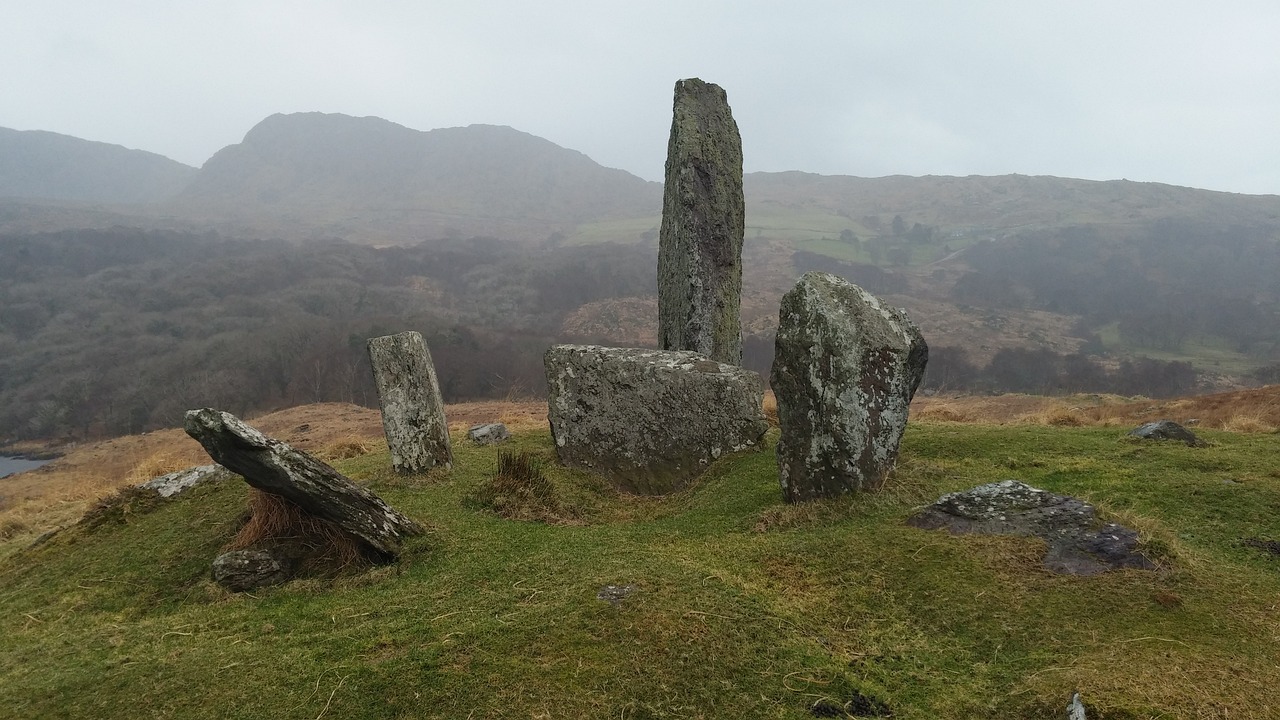
The Environmental Impact of Traditional Burials
When we think about the end of life, the traditional burial practices often come to mind. However, have you ever stopped to consider the environmental impact of these age-old customs? Traditional burials typically involve a range of materials and chemicals that can be detrimental to our planet. For instance, the use of embalming fluids—which contain formaldehyde—poses a significant risk to soil and groundwater. These chemicals, while intended to preserve the body, can seep into the earth and disrupt local ecosystems.
Moreover, the caskets used in traditional burials are often made from non-biodegradable materials like metal or hardwood that have been treated with harmful substances. These caskets can take decades, if not centuries, to decompose, creating a lasting footprint on the land. Picture a beautiful landscape, now marred by rows of headstones and vaults that are not only visually unappealing but also contribute to land depletion. The reality is that these practices consume valuable land resources that could be used for parks, agriculture, or wildlife habitats.
Another factor to consider is the energy and resources required to produce and transport these caskets. The process involves logging, manufacturing, and shipping, all of which contribute to carbon emissions. In a world increasingly aware of the need to reduce our carbon footprint, it seems counterintuitive to continue with such practices. To give you a clearer picture, let's break down some of the environmental impacts associated with traditional burials:
| Impact | Description |
|---|---|
| Chemical Usage | Embalming fluids and other chemicals can contaminate soil and water. |
| Land Use | Burial plots require significant land, which could be repurposed for ecological uses. |
| Resource Consumption | Production and transportation of caskets consume energy and contribute to emissions. |
In addition to these factors, traditional burial practices often lead to the creation of large cemeteries that disrupt local wildlife. The expansive lawns and manicured landscapes may seem serene, but they often replace natural habitats, forcing local fauna to relocate. This disruption can have a cascading effect on the ecosystem, leading to a loss of biodiversity.
So, what can we do about it? As more people become aware of these environmental concerns, the demand for eco-friendly alternatives is on the rise. By choosing practices that align with sustainability, we can honor our loved ones while also protecting the planet. In essence, moving towards natural burial options not only provides a more environmentally responsible farewell but also contributes to a healthier earth for future generations.
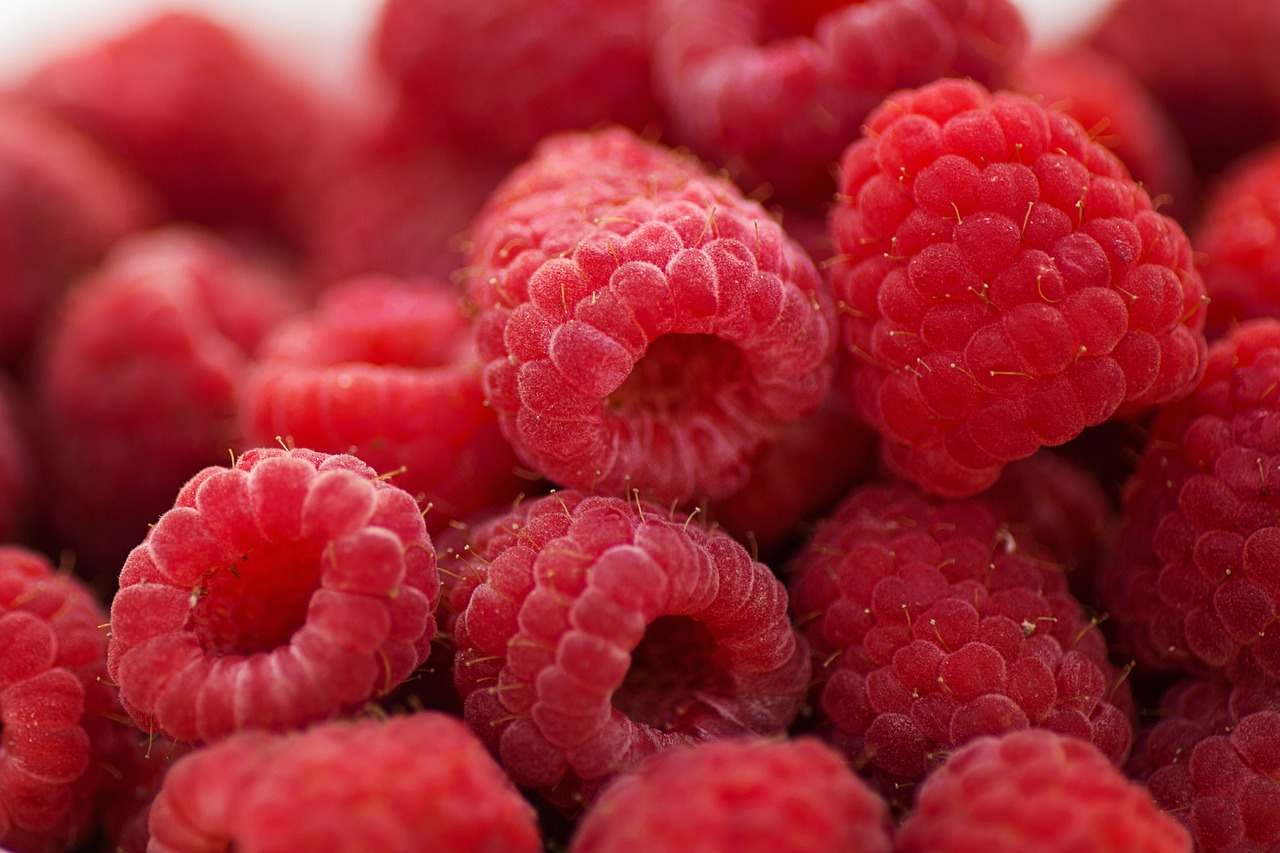
What is Natural Burial?
Natural burial is a revolutionary approach to laying our loved ones to rest, focusing on the idea of returning the body to the earth in a way that is both respectful and environmentally friendly. Imagine a world where our final resting place contributes to the health of the planet rather than detracting from it. This concept is gaining traction among those who are increasingly aware of the environmental implications of traditional burial practices. Unlike conventional burials that often involve toxic embalming fluids and non-biodegradable caskets, natural burials prioritize simplicity and sustainability.
At the heart of natural burial lies the principle of biodegradability. The goal is to allow the body to decompose naturally, enriching the soil and supporting new life in the process. This method advocates for the use of organic materials that break down over time, ensuring that the remains contribute positively to the ecosystem. Many people are drawn to this practice not only for its ecological benefits but also for its ability to foster a deeper connection with nature.
Natural burial sites, often referred to as "green cemeteries," can vary widely in their appearance and management. Some are designed to look like serene parks, with native plants and trees, while others may be more rustic, blending seamlessly into the surrounding landscape. These spaces encourage visitors to engage with the environment, offering a tranquil setting for reflection and remembrance. In many cases, families are allowed to participate in the burial process, which can be a profoundly healing experience.
In addition to the environmental benefits, natural burial can also be cost-effective. The expenses associated with traditional funerals can be staggering, often including costs for elaborate caskets, burial vaults, and embalming services. Natural burials, on the other hand, typically require less financial outlay, as families can choose simpler caskets or even opt for biodegradable shrouds. This not only makes the process more accessible but also aligns with the values of those who prioritize sustainability.
As the world becomes more conscious of environmental issues, the popularity of natural burial continues to rise. People are increasingly seeking ways to minimize their ecological footprint, even in death. This shift in perspective is not just about individual choices; it's about fostering a collective commitment to preserving our planet for future generations. By embracing natural burial, individuals can leave behind a legacy that reflects their values and love for the earth.
In summary, natural burial represents a profound shift in how we perceive death and its relationship with the environment. It challenges us to rethink our traditional practices and consider alternatives that honor both our loved ones and the planet. As more people learn about the benefits and significance of natural burial, it is likely that this practice will continue to grow, evolving into a mainstream option that resonates with the values of an eco-conscious society.
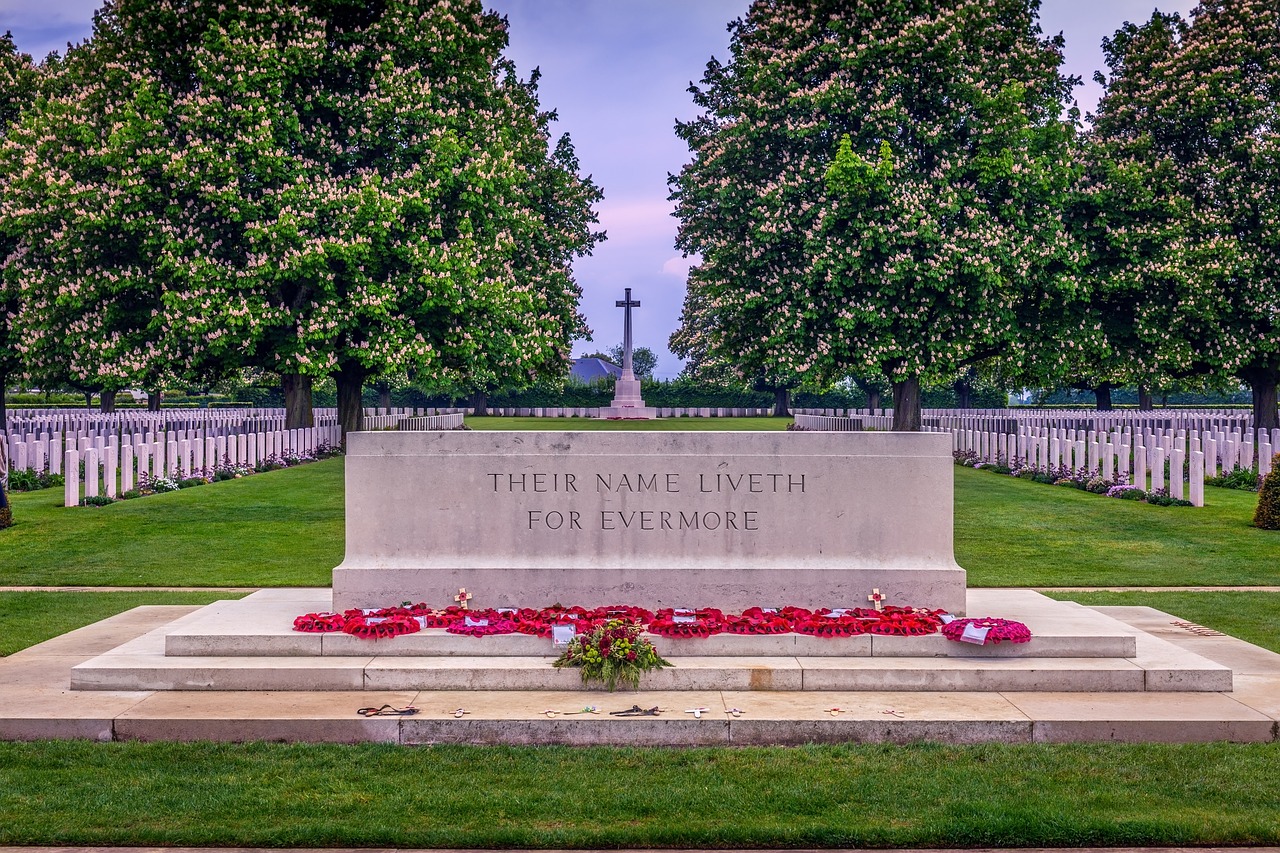
Materials Used in Natural Burials
When it comes to natural burials, the choice of materials plays a crucial role in ensuring that the process is as eco-friendly as possible. Unlike traditional burials, which often involve toxic chemicals and non-biodegradable materials, natural burials focus on using materials that are biodegradable and sustainable. This approach not only respects the environment but also allows the body to return to the earth in a more natural way. So, what exactly are these materials, and why do they matter?
One of the primary materials used in natural burials is biodegradable caskets. These caskets are specifically designed to break down over time, allowing the body to decompose naturally. Made from materials such as untreated wood, wicker, or even cardboard, biodegradable caskets provide a stark contrast to traditional metal or plastic options that can take decades, if not centuries, to decompose. The choice of wood, for example, not only supports local economies but also minimizes the carbon footprint associated with transportation and manufacturing.
In addition to caskets, natural burials often utilize natural shrouds. These shrouds are typically made from organic fabrics like cotton, linen, or hemp, offering a simple yet elegant way to wrap the body for burial. The use of shrouds is significant in various cultures, where they symbolize purity and respect for the deceased. By opting for a shroud, families can ensure that their loved ones are laid to rest in a manner that aligns with both their values and the environment.
Furthermore, the choice of burial site also plays a vital role in the natural burial process. Many natural burial grounds are designed to promote biodiversity and ecosystem health. These sites often incorporate native plants and wildlife, creating a serene and sustainable environment for both the deceased and the living. When selecting a burial site, it’s essential to consider factors such as soil composition and local flora, as these elements can greatly influence the decomposition process.
To summarize, the materials used in natural burials are not just about practicality; they reflect a deeper commitment to environmental stewardship and respect for life. By choosing biodegradable caskets and natural shrouds, individuals can participate in a burial process that honors both their loved ones and the planet. As awareness of the environmental impact of traditional burial practices grows, more people are embracing these sustainable alternatives, making natural burial an increasingly popular choice.
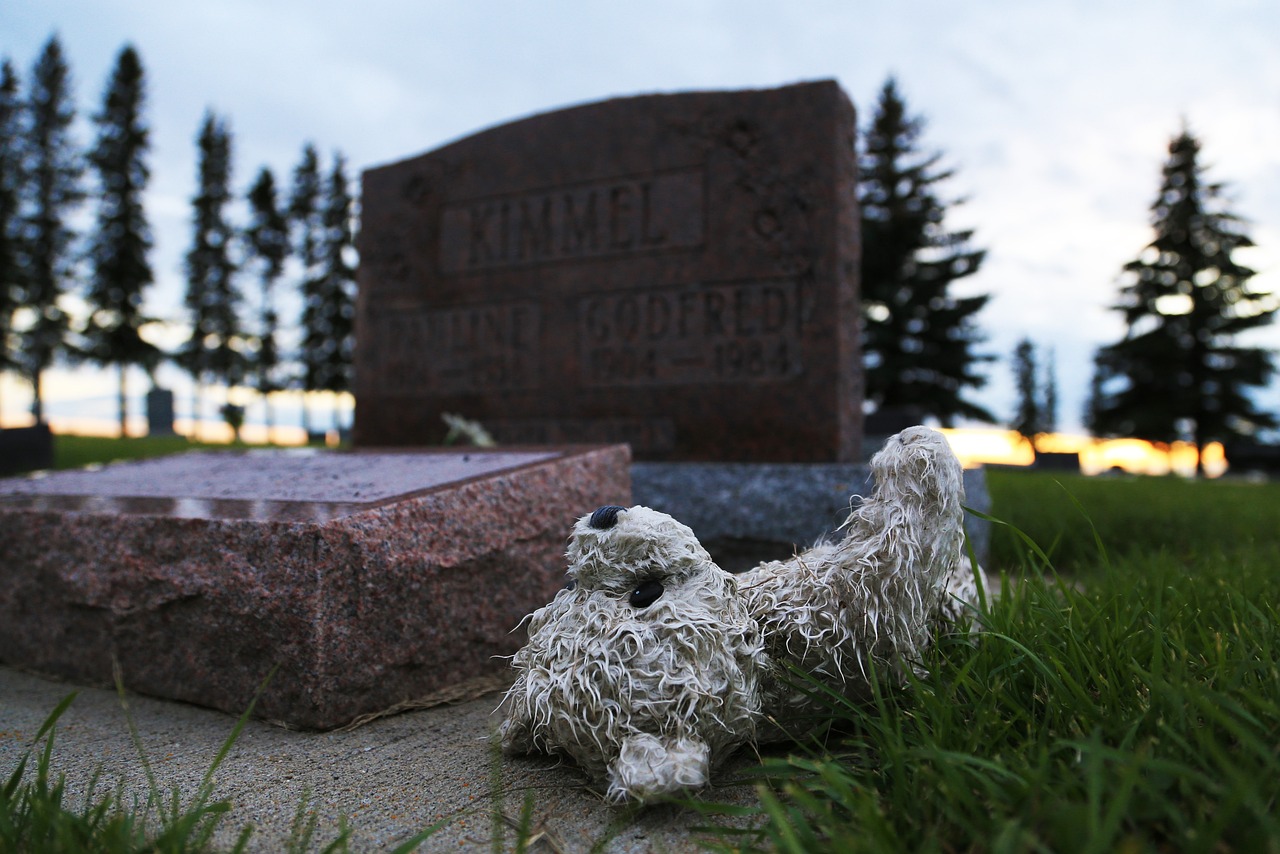
Biodegradable Caskets
When it comes to natural burials, one of the most significant components is the choice of a casket. Traditional caskets, often made from metal or treated wood, can take decades, if not centuries, to decompose, leaving a lasting footprint on our planet. In contrast, are designed to break down naturally, allowing the body to return to the earth in a more harmonious way. These caskets are typically made from materials that are both sustainable and eco-friendly, such as untreated wood, bamboo, or even cardboard.
Imagine a casket that not only honors the deceased but also nourishes the earth. Biodegradable caskets do just that. They are crafted to decompose over time, enriching the soil and promoting new life, rather than contributing to the pollution and resource depletion associated with conventional burial methods. Choosing a biodegradable casket is like planting a seed for future generations, ensuring that the cycle of life continues.
There are several types of biodegradable caskets available today, each with unique features that cater to different preferences and cultural practices. Some of the most popular options include:
- Wooden Caskets: Made from sustainably sourced timber, these caskets are free from harmful chemicals and finishes, allowing for a natural decomposition process.
- Bamboo Caskets: Known for their fast growth and sustainability, bamboo caskets are lightweight yet sturdy, providing an elegant and eco-friendly option.
- Cardboard Caskets: Surprisingly durable, cardboard caskets are a cost-effective and fully biodegradable choice, often customizable with personal touches.
Each of these casket types plays a vital role in promoting environmental health. By opting for biodegradable caskets, we can significantly reduce the ecological impact of our final resting places. Furthermore, many manufacturers are committed to using only natural adhesives and finishes, ensuring that the entire product is as eco-friendly as possible.
In addition to their environmental benefits, biodegradable caskets can also be more affordable than traditional options. As families increasingly seek to honor their loved ones while being mindful of their ecological footprints, the demand for these sustainable alternatives continues to grow. It's not just about saying goodbye; it's about doing so in a way that respects the earth and its resources.
In summary, biodegradable caskets are a beautiful and responsible choice for those considering natural burial. They embody the principles of sustainability and respect for nature, allowing us to celebrate life while minimizing our impact on the planet. By choosing a biodegradable casket, we not only honor our loved ones but also contribute to a healthier, greener future.
1. What materials are commonly used in biodegradable caskets?
Biodegradable caskets are typically made from untreated wood, bamboo, or cardboard, all of which decompose naturally without harming the environment.
2. Are biodegradable caskets more affordable than traditional caskets?
Yes, biodegradable caskets can often be more cost-effective than traditional options, making them an attractive choice for many families.
3. How long does it take for a biodegradable casket to decompose?
The decomposition time can vary based on materials and environmental conditions, but generally, biodegradable caskets break down within a few months to a few years.
4. Can I personalize a biodegradable casket?
Absolutely! Many manufacturers offer customization options, allowing families to add personal touches that reflect the life and personality of their loved one.
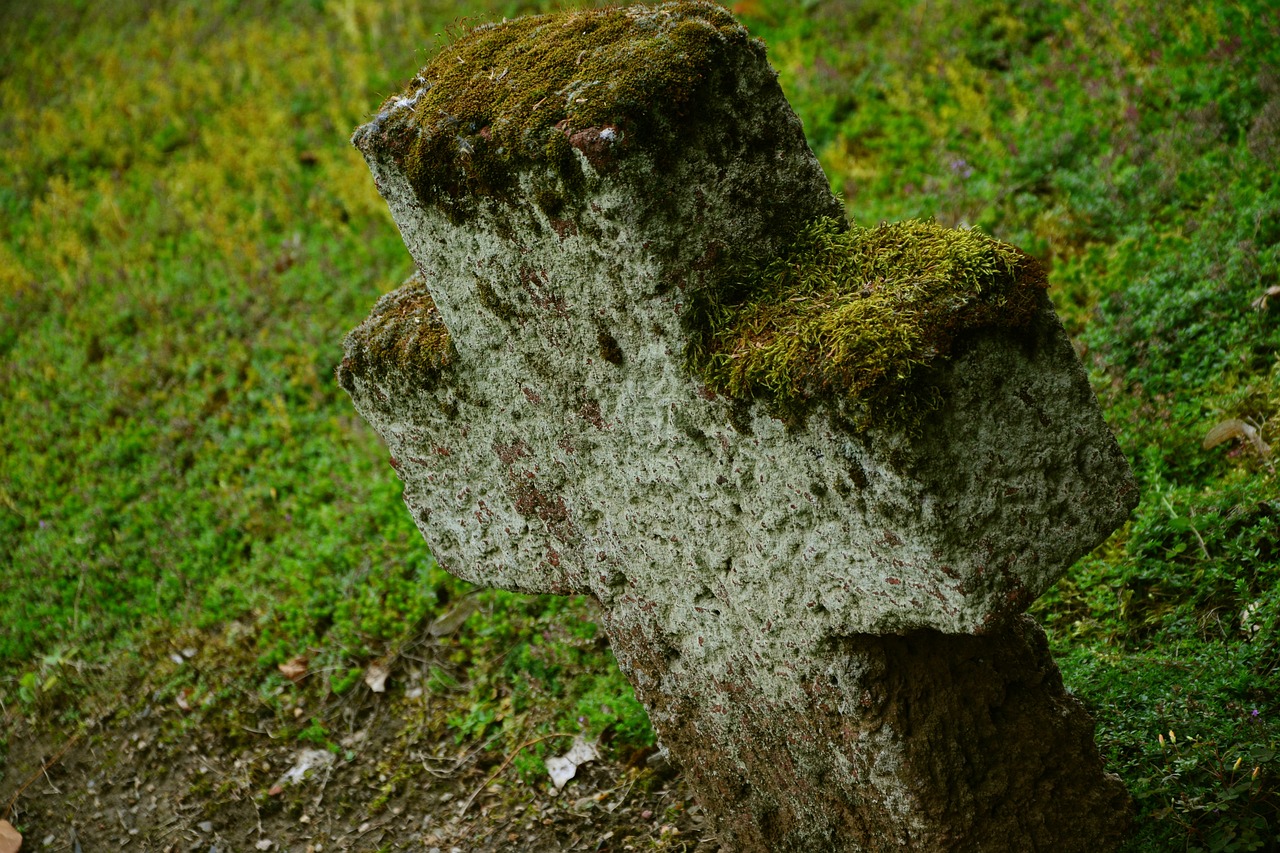
Natural Shrouds
Natural shrouds are an increasingly popular choice for those looking to embrace a more eco-friendly approach to burial. Made from organic materials such as cotton, linen, or hemp, these shrouds offer a simple yet profound way to return the body to the earth. Unlike traditional coffins that often contain metals and synthetic materials, natural shrouds are designed to be fully biodegradable, allowing for a seamless integration into the soil.
One of the most appealing aspects of natural shrouds is their sustainability. They can be crafted from materials that are not only renewable but also often sourced locally, reducing the carbon footprint associated with transportation and manufacturing. Imagine wrapping a loved one in a gentle embrace of nature, using fabrics that have been grown and harvested without harmful pesticides or chemicals. This connection to the earth can be a comforting thought for many families.
Moreover, natural shrouds carry significant cultural and spiritual meanings across various traditions. For instance, in some cultures, the use of shrouds symbolizes purity and simplicity, reflecting a belief in the natural cycle of life and death. They allow for a more personal and intimate farewell, as families can often participate in the preparation of the shroud, making it a deeply meaningful experience. This participatory aspect can be both healing and unifying, as loved ones come together to honor the deceased.
In terms of practicality, natural shrouds are often more cost-effective than traditional burial methods. The materials used are generally less expensive, and the absence of a coffin can significantly reduce overall burial costs. This affordability opens up options for families who may be financially constrained but still wish to provide a respectful and environmentally friendly farewell.
To further illustrate the benefits of natural shrouds, here’s a quick comparison between traditional burial options and natural shrouds:
| Aspect | Traditional Burial | Natural Shrouds |
|---|---|---|
| Materials | Wood, metal, synthetic fabrics | Organic cotton, linen, hemp |
| Environmental Impact | High (non-biodegradable materials, chemicals) | Low (fully biodegradable, eco-friendly) |
| Cost | Higher (coffin, plot fees) | Lower (no coffin needed) |
| Cultural Significance | Varies by tradition | Emphasizes simplicity and connection to nature |
In conclusion, natural shrouds stand as a beautiful testament to the harmony between life and death, offering a way to honor our loved ones while respecting the planet. They invite us to rethink our burial practices and consider how we can leave a lighter footprint on the earth, even in death.
- What materials are typically used for natural shrouds? Natural shrouds are commonly made from organic materials like cotton, linen, or hemp, ensuring they are biodegradable.
- Can I participate in making a natural shroud? Absolutely! Many families choose to be involved in the preparation of the shroud, making it a meaningful experience.
- Are natural shrouds accepted in all cemeteries? While many eco-friendly cemeteries accept natural shrouds, it’s best to check with the specific cemetery regarding their policies.
- How do natural shrouds decompose? Natural shrouds are designed to break down quickly in the soil, returning nutrients back to the earth and supporting the natural cycle of life.
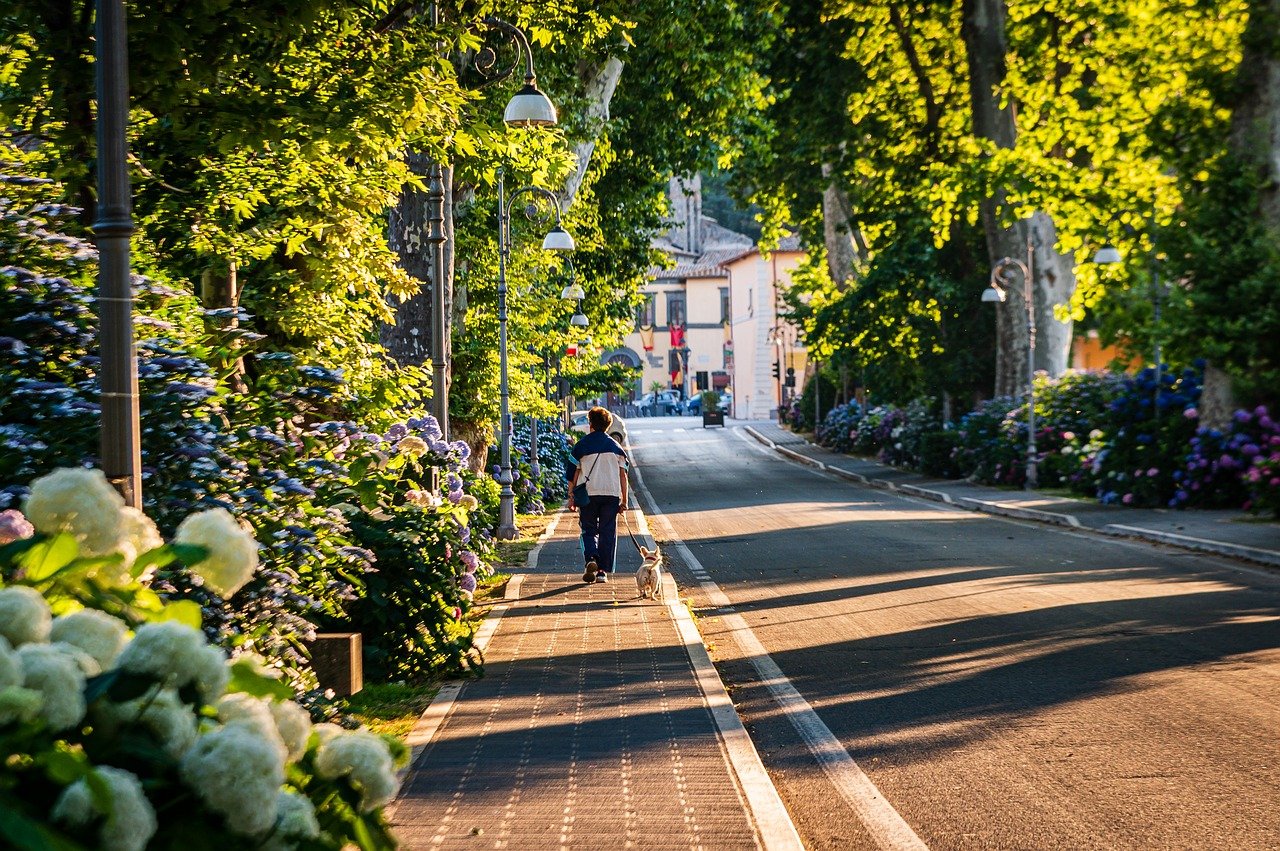
Benefits of Natural Burial
Natural burial offers a plethora of benefits that not only cater to the needs of the deceased but also the environment. Imagine a world where death is not the end but a beautiful transition back to nature. This eco-friendly approach to burial is gaining traction as more individuals seek to minimize their environmental footprint even in death. One of the key advantages of natural burial is its reduced environmental impact. Unlike traditional burials that often involve toxic embalming fluids and non-biodegradable caskets, natural burials embrace the idea of returning to the earth in a way that nourishes the soil. By using biodegradable materials, the body decomposes naturally, enriching the earth instead of polluting it.
Moreover, natural burials are often more cost-effective. Traditional burial practices can be exorbitantly expensive, with costs for caskets, embalming, and cemetery plots adding up quickly. In contrast, natural burial sites typically charge lower fees and allow for simpler, more affordable options. For instance, many natural burial grounds permit the use of wooden caskets or even simple shrouds, which can significantly cut down on expenses. This financial aspect makes natural burial an appealing choice for those who want to honor their loved ones without breaking the bank.
Another compelling benefit is the cultural shift towards sustainability. As society becomes increasingly aware of the environmental crises we face, more people are seeking ways to live sustainably, and this includes their final arrangements. Choosing natural burial aligns with a lifestyle that values eco-friendliness and respect for the planet. It sends a powerful message about one's values and beliefs, emphasizing a commitment to preserving the earth for future generations.
Additionally, natural burial sites often feature beautiful, serene landscapes that promote a sense of peace and connection to nature. Families can visit these sites and feel a sense of tranquility, knowing that their loved ones are part of the earth's natural cycle. This connection can be incredibly comforting, transforming a typically somber occasion into a celebration of life and nature. In essence, natural burial is not just a method of disposing of a body; it’s a celebration of life that fosters a deeper appreciation for the environment.
To summarize, the benefits of natural burial can be encapsulated in the following points:
- Reduced Environmental Impact: Emphasizes biodegradable materials and natural decomposition.
- Cost-Effective: Generally less expensive than traditional burial methods.
- Cultural Shift: Aligns with sustainable living practices.
- Connection to Nature: Provides a peaceful and serene resting place.
In conclusion, the choice of natural burial is not merely about the act of dying; it’s about how we choose to honor life and our planet. By opting for this eco-friendly alternative, individuals contribute to a legacy that is both meaningful and sustainable.
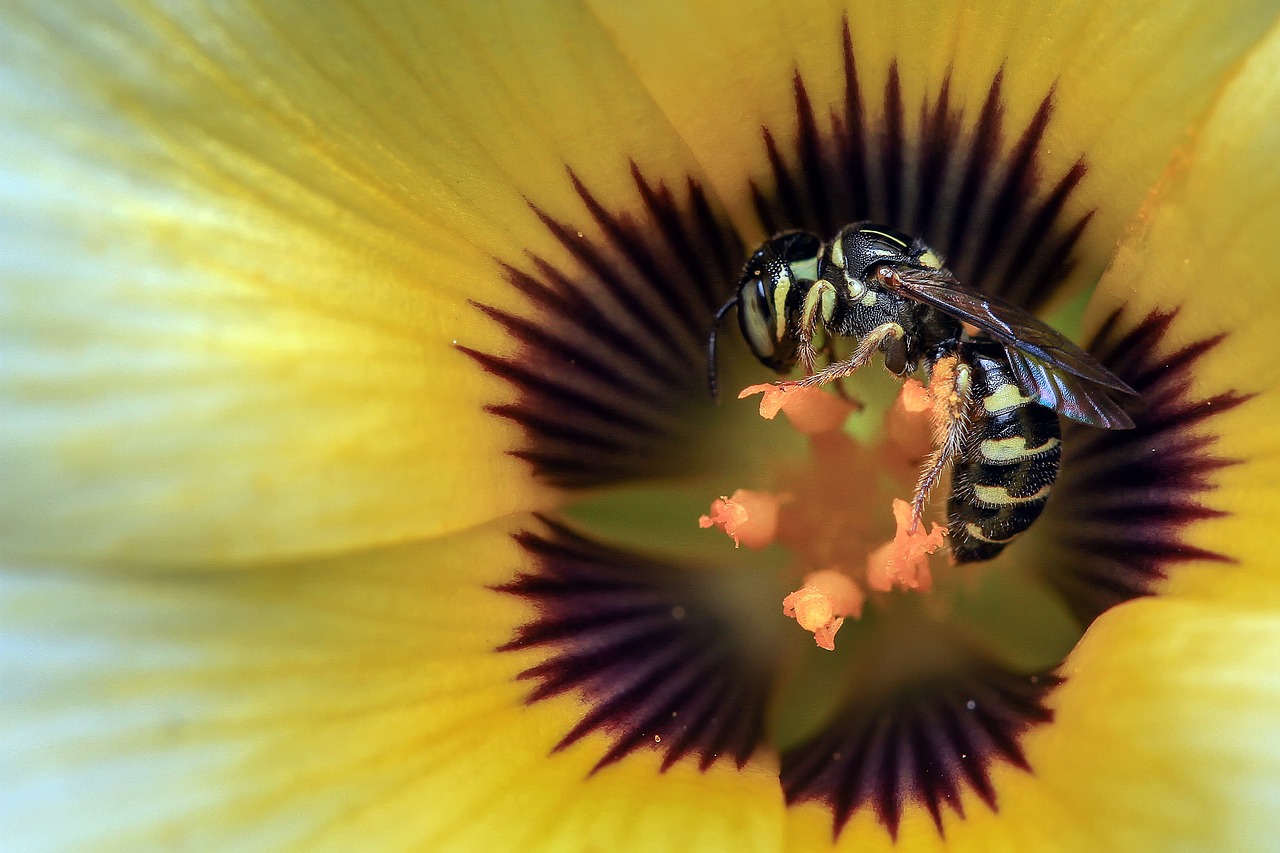
Cultural Perspectives on Natural Burial
The concept of natural burial is not just an environmental choice; it is deeply intertwined with cultural beliefs and practices around death and remembrance. Across the globe, different cultures have unique perspectives on how the body should be treated after death, and natural burial is increasingly finding its place within these traditions. Have you ever thought about how cultural backgrounds shape our views on death? In many societies, the way we handle our dead reflects our values, beliefs, and even our relationship with nature.
For instance, in some Indigenous cultures, the emphasis on returning the body to the earth is not merely a practice but a profound spiritual belief. The act of burial becomes a way to honor the deceased while also sustaining the land that nourished them in life. These practices often involve simple, biodegradable materials, allowing the body to decompose naturally and return to the ecosystem. This connection to the earth resonates with the idea that we are all part of a larger cycle of life, death, and rebirth.
Conversely, in Western cultures, traditional burial methods have long been dominated by elaborate caskets, vaults, and the use of embalming fluids, which can be seen as a disconnect from the natural world. However, the rising awareness of environmental issues has sparked a shift in thinking. People are beginning to question the sustainability of these practices and are looking for alternatives that align better with their values. This shift is not just about environmental concerns; it’s also about creating a more personal and meaningful farewell for loved ones.
In many modern urban settings, natural burial grounds are being established, often in serene, park-like environments that invite reflection and connection with nature. These spaces offer a stark contrast to traditional cemeteries, which can feel sterile and impersonal. Natural burial sites often incorporate native plants and trees, creating a peaceful sanctuary for both the deceased and the living. This approach allows families to feel more involved in the process, as they can choose how to commemorate their loved ones in a way that feels authentic to their beliefs and values.
Religious beliefs also play a significant role in shaping attitudes toward natural burial. Many faiths have specific doctrines regarding the treatment of the body after death. For example, some Christian denominations emphasize the resurrection of the body, which can lead to a preference for traditional burial methods. However, there are also progressive movements within these religions advocating for natural burial as a way to honor God’s creation and promote stewardship of the earth.
As natural burial practices gain traction worldwide, we see a fascinating blend of tradition and modernity. In countries like the United States, Canada, and the UK, natural burial is becoming more accepted, with increasing numbers of families opting for eco-friendly options. People are finding ways to integrate natural burial into their cultural and religious frameworks, creating a rich tapestry of practices that reflect the diversity of human experience.
To summarize, the cultural perspectives on natural burial are as varied as the cultures themselves. From Indigenous practices that honor the earth to modern adaptations of traditional beliefs, natural burial is carving out a space in the collective consciousness. It invites us to rethink our relationship with death, the environment, and the legacy we leave behind. As we navigate these conversations, it’s essential to recognize the importance of cultural context and how it shapes our understanding of life and death.
- What is natural burial? Natural burial is an eco-friendly alternative to traditional burial methods that emphasizes returning the body to the earth without harmful chemicals.
- Are natural burials accepted in all cultures? Acceptance varies; many cultures are beginning to embrace natural burial, integrating it into existing traditions.
- What materials are used in natural burials? Biodegradable materials such as wooden caskets or natural shrouds are commonly used.
- How does natural burial impact the environment? Natural burial reduces the use of harmful chemicals and non-biodegradable materials, promoting ecological health.
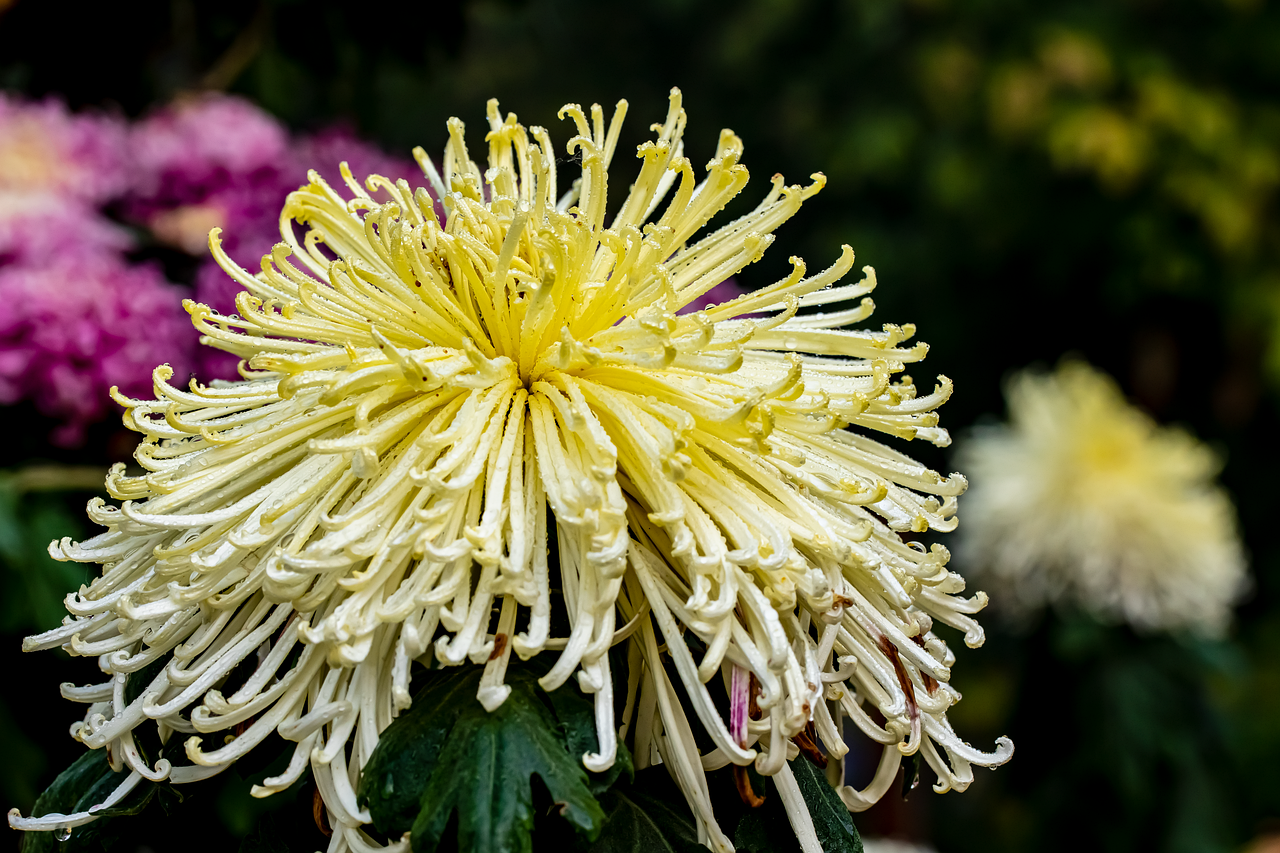
Religious Views on Natural Burial
The concept of natural burial often intersects with various religious beliefs, each bringing its own unique perspective on death, the afterlife, and the treatment of the body after death. For many, the way we handle our bodies in death is just as significant as how we live our lives. Different religions have distinct teachings that can either support or challenge the practice of natural burial. For instance, in Christianity, the emphasis on resurrection often leads to traditional burial practices; however, some denominations are beginning to embrace the eco-friendly aspects of natural burial as a respectful return to the earth.
In Buddhism, the focus on impermanence and the cycle of life and death can align well with the principles of natural burial. Many Buddhists believe in minimizing harm to the environment, which resonates with the idea of using biodegradable materials for burial. This approach not only honors the body but also reflects the teachings of compassion towards all living things.
Judaism presents a fascinating perspective as well. Traditional Jewish law encourages simple burials, often in plain wooden caskets, aligning closely with the ethos of natural burial. The concept of “returning to the earth” is deeply embedded in Jewish customs, making natural burial a practice that many Jewish communities find appealing. However, some may still prefer more traditional methods due to cultural adherence.
Islam also has specific requirements regarding burial practices, typically involving simple, shrouded burials in the ground. The natural burial aligns with Islamic principles of humility and simplicity, yet the acceptance of this practice can vary among different cultural groups within the Islamic community.
As society evolves, many religious groups are re-evaluating their stances on burial practices. The growing awareness of environmental issues is prompting discussions within congregations about the benefits of natural burial. Could this be a new way to honor our loved ones while respecting the planet? It's a question that many are starting to ask.
To summarize, while traditional burial practices are deeply rooted in religious customs, the principles of natural burial resonate with many beliefs. As more people seek ways to honor their loved ones while being mindful of the environment, the dialogue surrounding natural burial within religious communities is likely to continue evolving. The acceptance and integration of natural burial practices may lead to a more sustainable approach to death that respects both individual beliefs and the health of our planet.
- What is natural burial? Natural burial is an eco-friendly burial practice that involves returning the body to the earth without harmful chemicals or non-biodegradable materials.
- Can religious beliefs support natural burial? Yes, many religions can find common ground with natural burial practices, particularly those that emphasize simplicity and respect for the earth.
- Are biodegradable caskets available? Yes, there are various types of biodegradable caskets made from sustainable materials that promote environmental health.
- How do different cultures view natural burial? Cultural perspectives on natural burial vary widely, with some cultures embracing it as a return to nature, while others may prefer traditional methods.
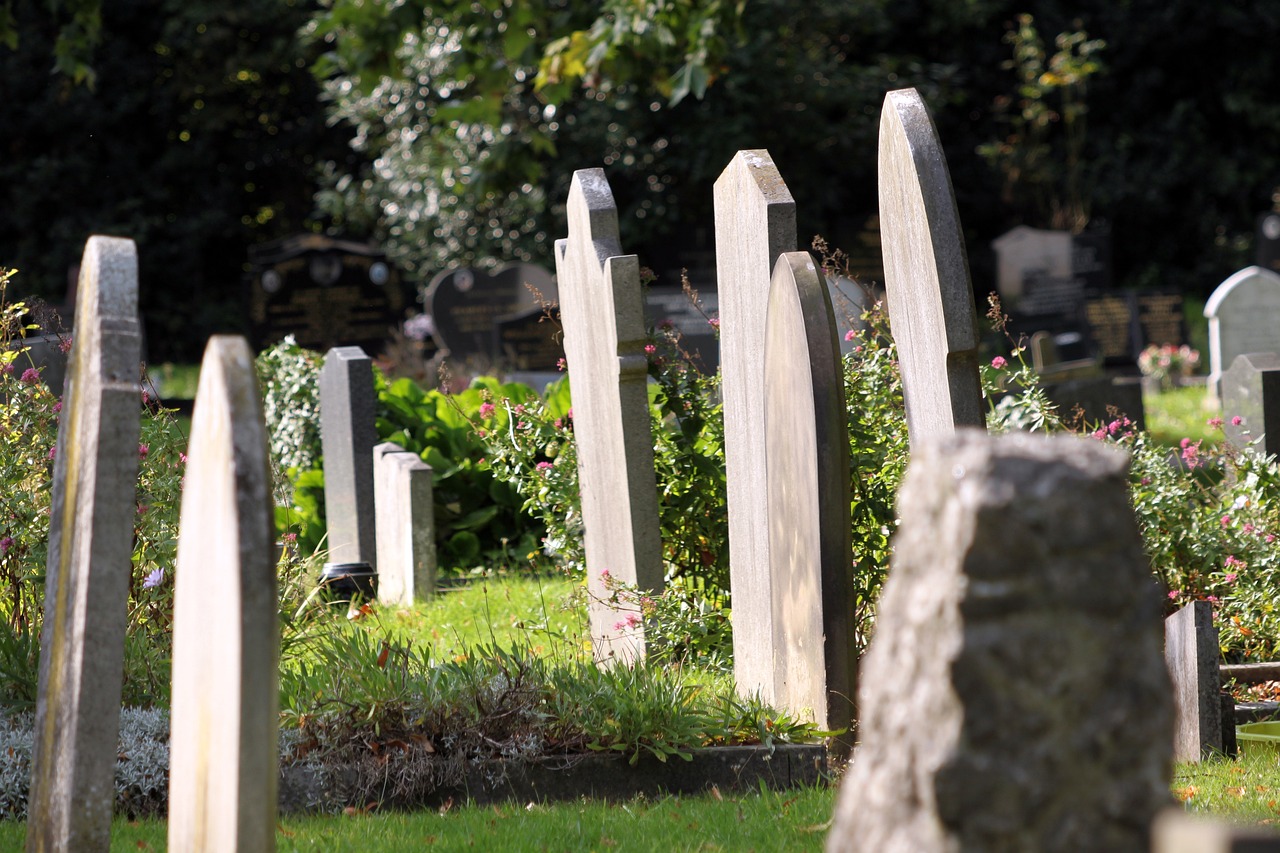
Global Trends in Natural Burial
As the world becomes increasingly aware of environmental issues, the concept of natural burial is gaining significant traction across various cultures and countries. This movement is not just a fleeting trend; it's a profound shift in how we perceive death and the afterlife. Many people are now seeking ways to honor their loved ones while also being mindful of the planet. In fact, studies indicate that the demand for eco-friendly burial options has risen by over 30% in the last decade, reflecting a growing consciousness about our ecological footprint.
One of the most striking aspects of this trend is its global reach. From the rolling hills of the United Kingdom to the serene landscapes of New Zealand, natural burial grounds are popping up everywhere. These sites often feature beautifully landscaped areas that allow for a more organic integration into nature, as opposed to the stark, manicured lawns of traditional cemeteries. In countries like Sweden and Germany, natural burial has been embraced not just as a method of disposal, but as a celebration of life and a return to the earth.
Moreover, some regions are witnessing a remarkable fusion of traditional customs with modern eco-friendly practices. For instance, in parts of Africa, natural burial aligns with ancestral beliefs about returning to the earth, reinforcing cultural values while also promoting sustainability. Similarly, in Japan, where space is limited, natural burial options are becoming a practical solution to the land shortage issue while still respecting cultural traditions.
Interestingly, the rise of natural burial has also sparked discussions about legislation and regulations in various countries. Many governments are beginning to recognize the need for policies that support eco-friendly burial practices. For example, in the United States, several states have introduced laws to facilitate the establishment of natural burial grounds, making it easier for families to choose this option. This legal backing not only legitimizes natural burial but also encourages more funeral homes to offer these services, ensuring that families have a wider array of choices.
To visualize the growing acceptance of natural burial, consider the following table that outlines some key statistics from various regions:
| Region | Percentage Increase in Natural Burial Interest (Last 10 Years) | Number of Natural Burial Grounds |
|---|---|---|
| North America | 30% | Over 300 |
| Europe | 25% | Approximately 200 |
| Australia | 40% | About 100 |
| Asia | 15% | Emerging options in urban areas |
As we look to the future, the natural burial movement seems poised to continue its upward trajectory. With increasing awareness about sustainability and a desire for meaningful end-of-life choices, more people are likely to embrace this eco-friendly alternative. It’s not just about the act of burial; it’s about creating a legacy that honors the earth and the lives we lead. So, what does this mean for you? If you're considering your options, the growing trend of natural burial might just be the perfect fit for a final farewell that truly reflects your values.
- What is natural burial? Natural burial is an eco-friendly alternative to traditional burial that avoids the use of harmful chemicals and non-biodegradable materials.
- Are natural burials legal? Yes, many regions have established laws that support and regulate natural burial practices.
- How does natural burial benefit the environment? Natural burials reduce the use of chemicals and non-biodegradable materials, allowing the body to decompose naturally and nourish the earth.
- Can I choose a natural burial site? Yes, many funeral homes and cemeteries now offer designated natural burial grounds.
- What materials are used in natural burials? Biodegradable caskets, natural shrouds, and other eco-friendly materials are commonly used.
Frequently Asked Questions
- What is natural burial?
Natural burial is an eco-friendly alternative to traditional burial practices. It emphasizes returning the body to the earth without the use of harmful chemicals or non-biodegradable materials. This method focuses on sustainability and aims to minimize the environmental impact of burial.
- How does natural burial benefit the environment?
Natural burial reduces the use of toxic embalming fluids and non-biodegradable caskets, which can leach harmful substances into the soil. By opting for biodegradable materials, such as wooden caskets or natural shrouds, the body can decompose naturally, enriching the soil and promoting ecological balance.
- What materials are used in natural burials?
Natural burials typically utilize biodegradable materials, including wooden caskets, woven baskets, or natural shrouds made from organic fabrics. These materials are designed to break down over time, allowing the body to return to the earth in a more sustainable manner.
- Are there any cultural perspectives on natural burial?
Yes! Different cultures have varying beliefs about death and burial practices. Many cultures are increasingly embracing natural burial as it aligns with traditional values of returning to nature. This practice can be integrated into existing customs, providing a meaningful way to honor loved ones.
- What are the cost implications of choosing natural burial?
Natural burial can often be more cost-effective compared to traditional burial methods. By avoiding expensive caskets, embalming services, and cemetery fees associated with conventional practices, families can save money while also making an environmentally friendly choice.
- Is natural burial accepted by all religions?
Religious views on natural burial can vary widely. Some religions embrace the practice as it aligns with their beliefs about returning to the earth, while others may have specific customs that could conflict with natural burial principles. It's important for individuals to consult their religious leaders for guidance.
- Are there any legal requirements for natural burial?
Yes, there are legal requirements that vary by location. Some areas may require specific permits or have regulations regarding the type of burial grounds used. It's crucial to check local laws and regulations before proceeding with a natural burial.
- How can I find a natural burial site?
Finding a natural burial site can be as simple as searching online for local eco-friendly cemeteries or natural burial grounds. Many organizations and websites are dedicated to promoting sustainable burial practices and can provide resources to help you find a suitable location.



















